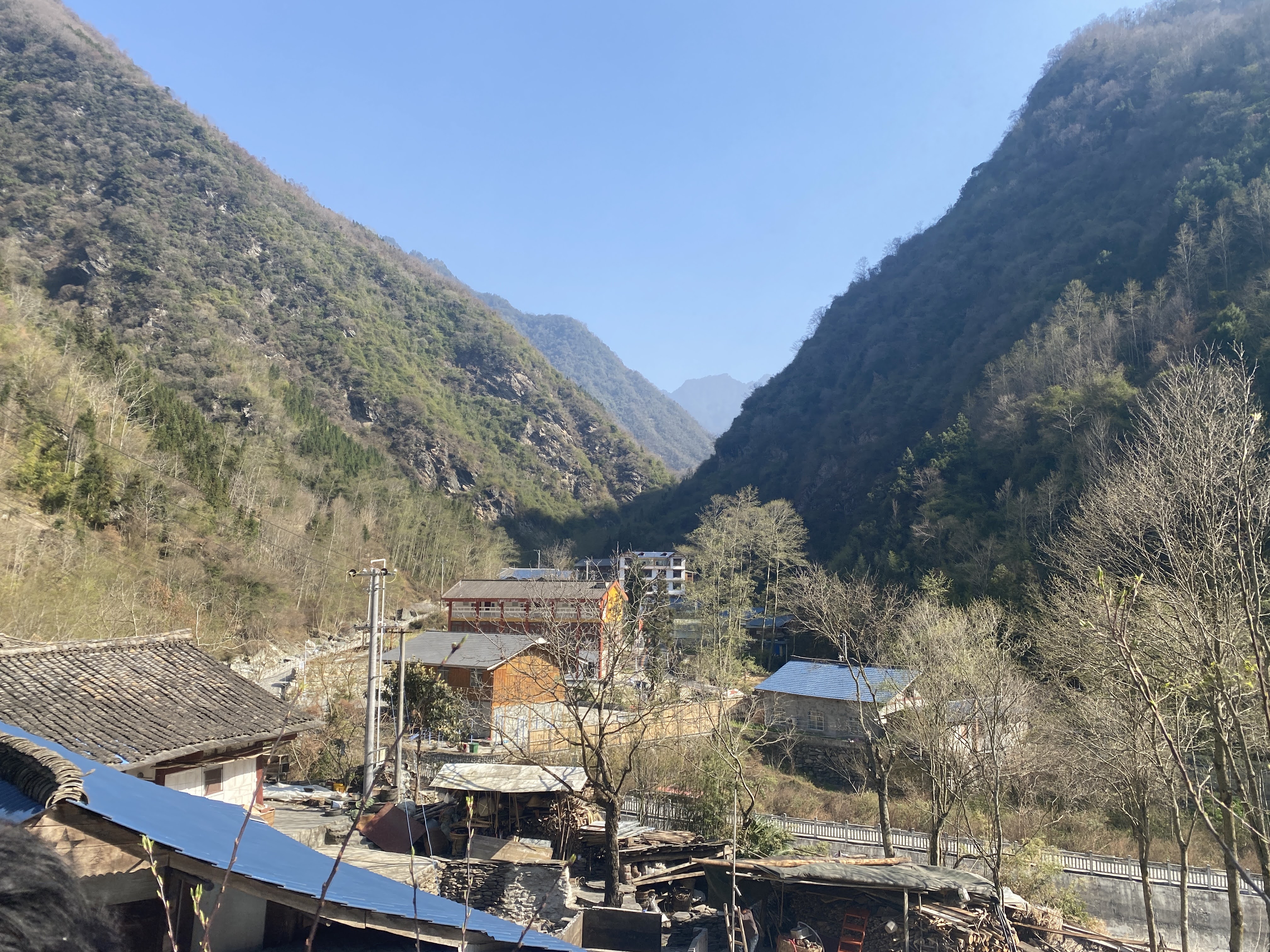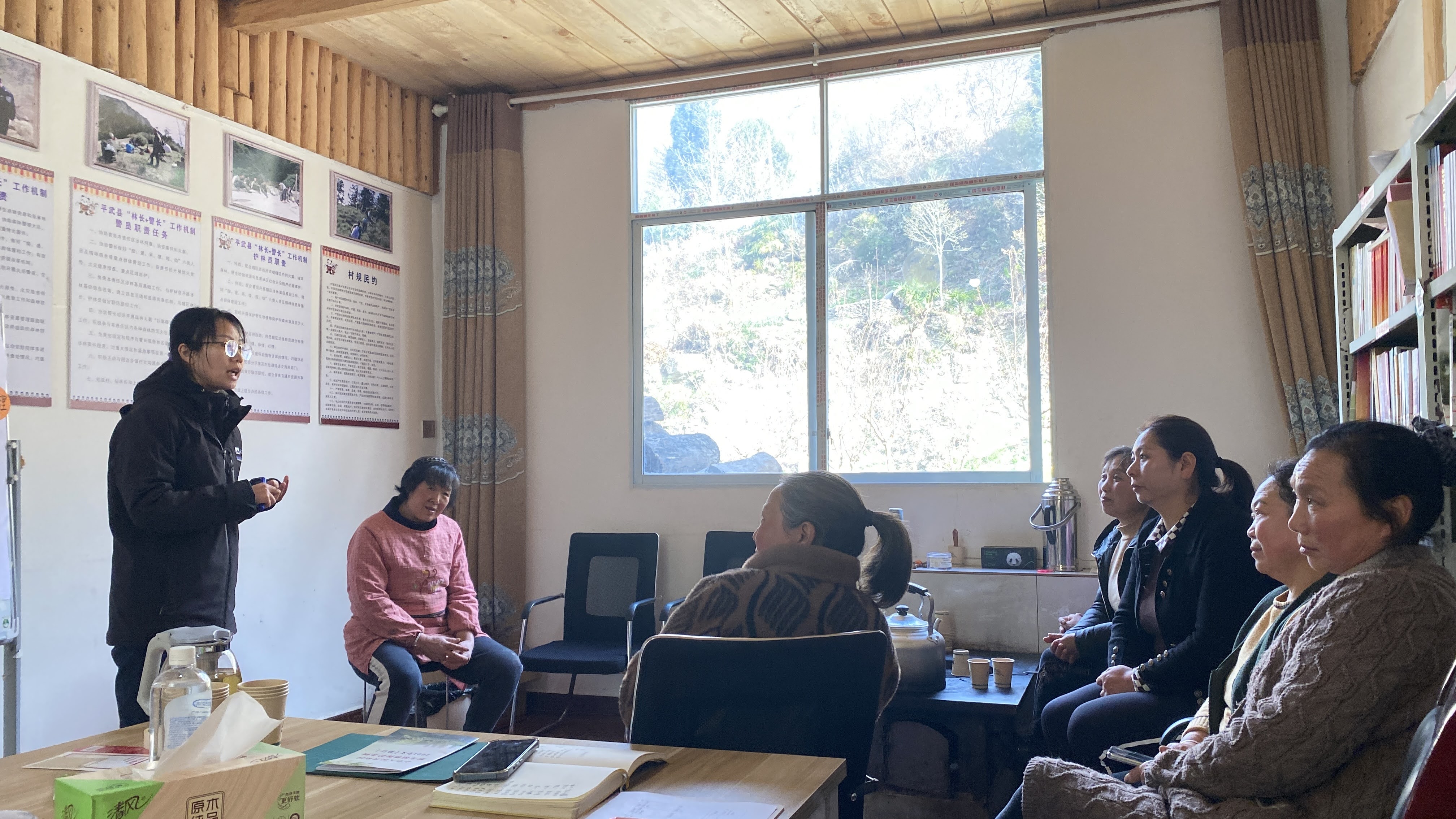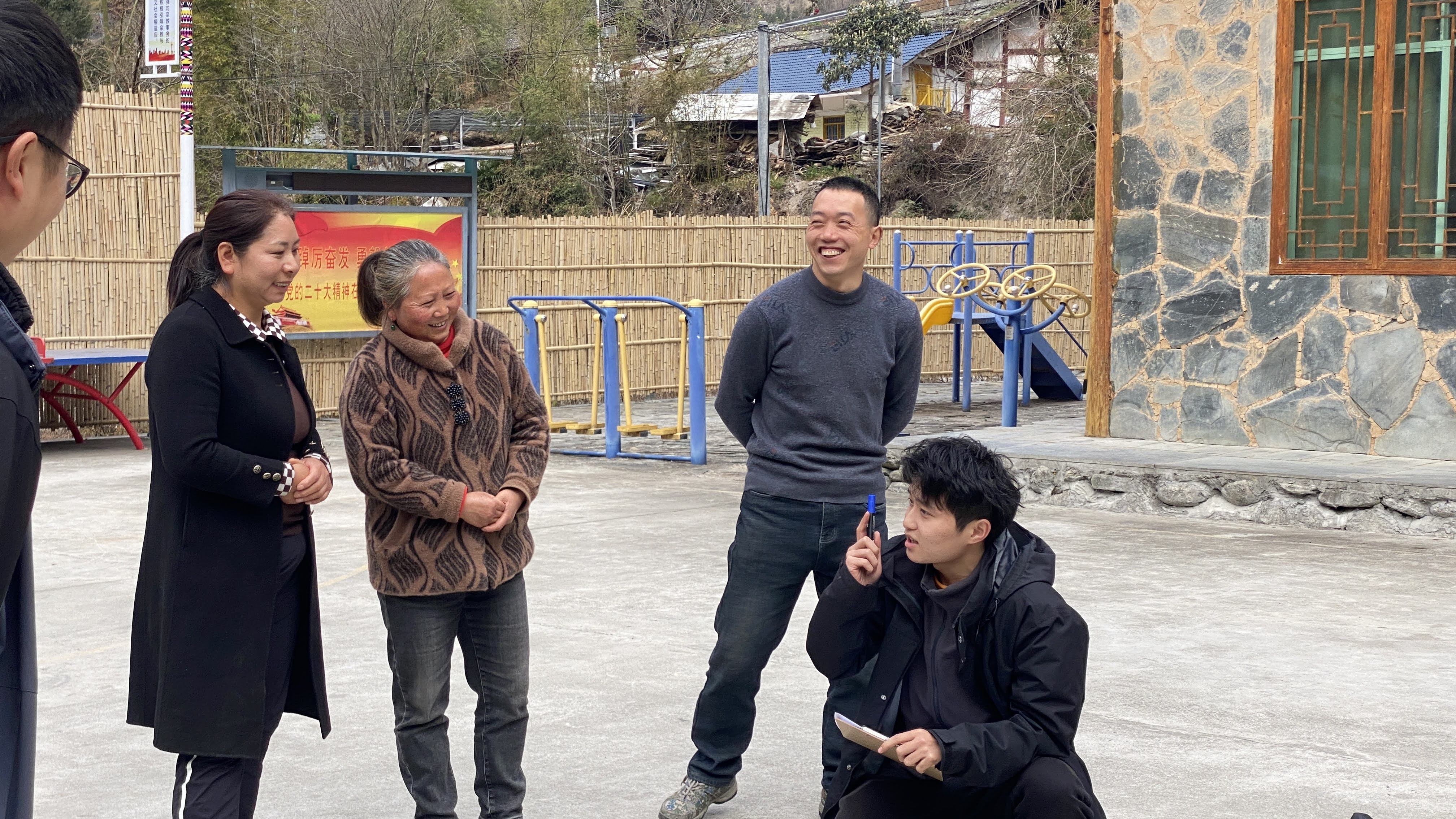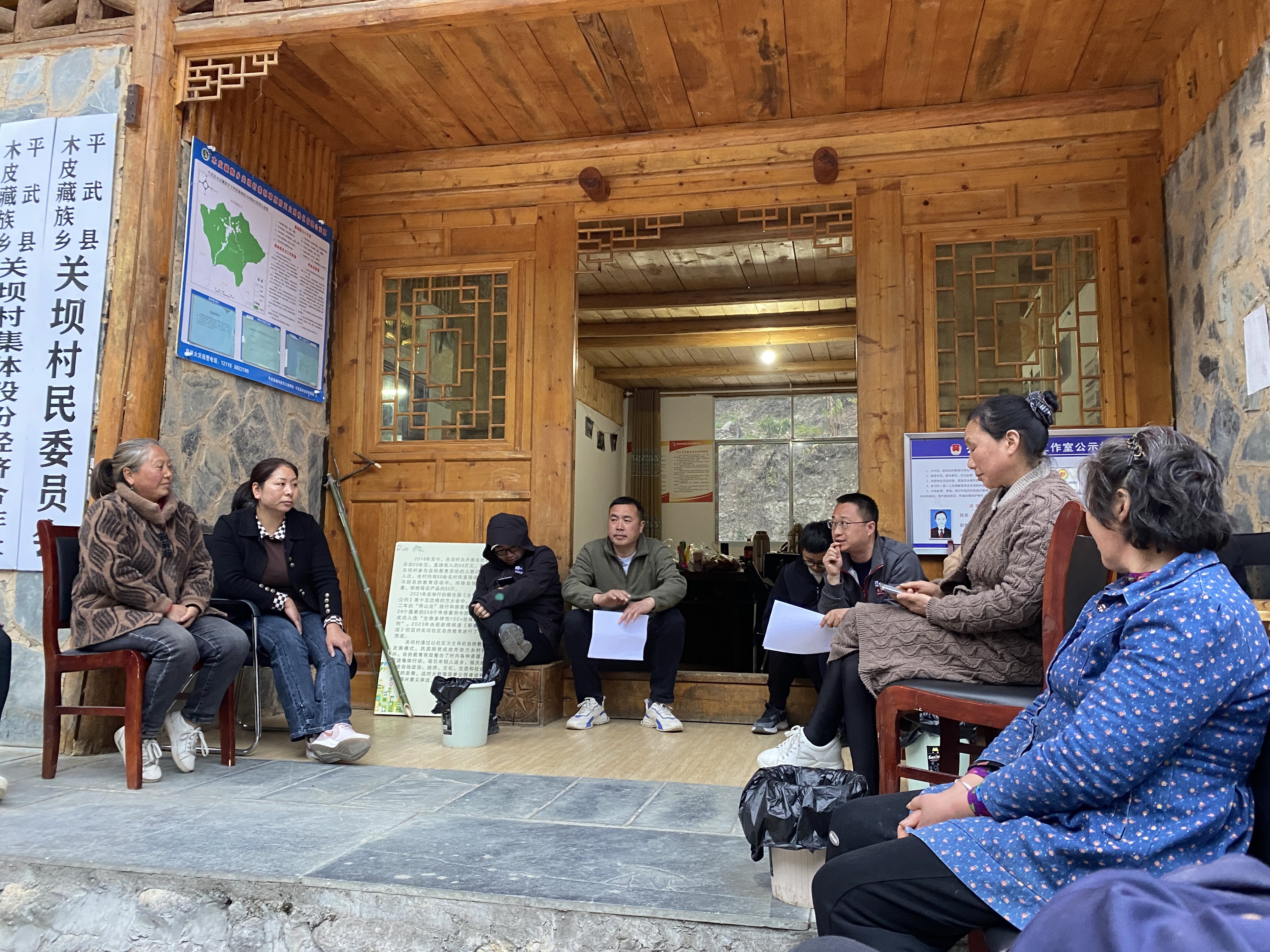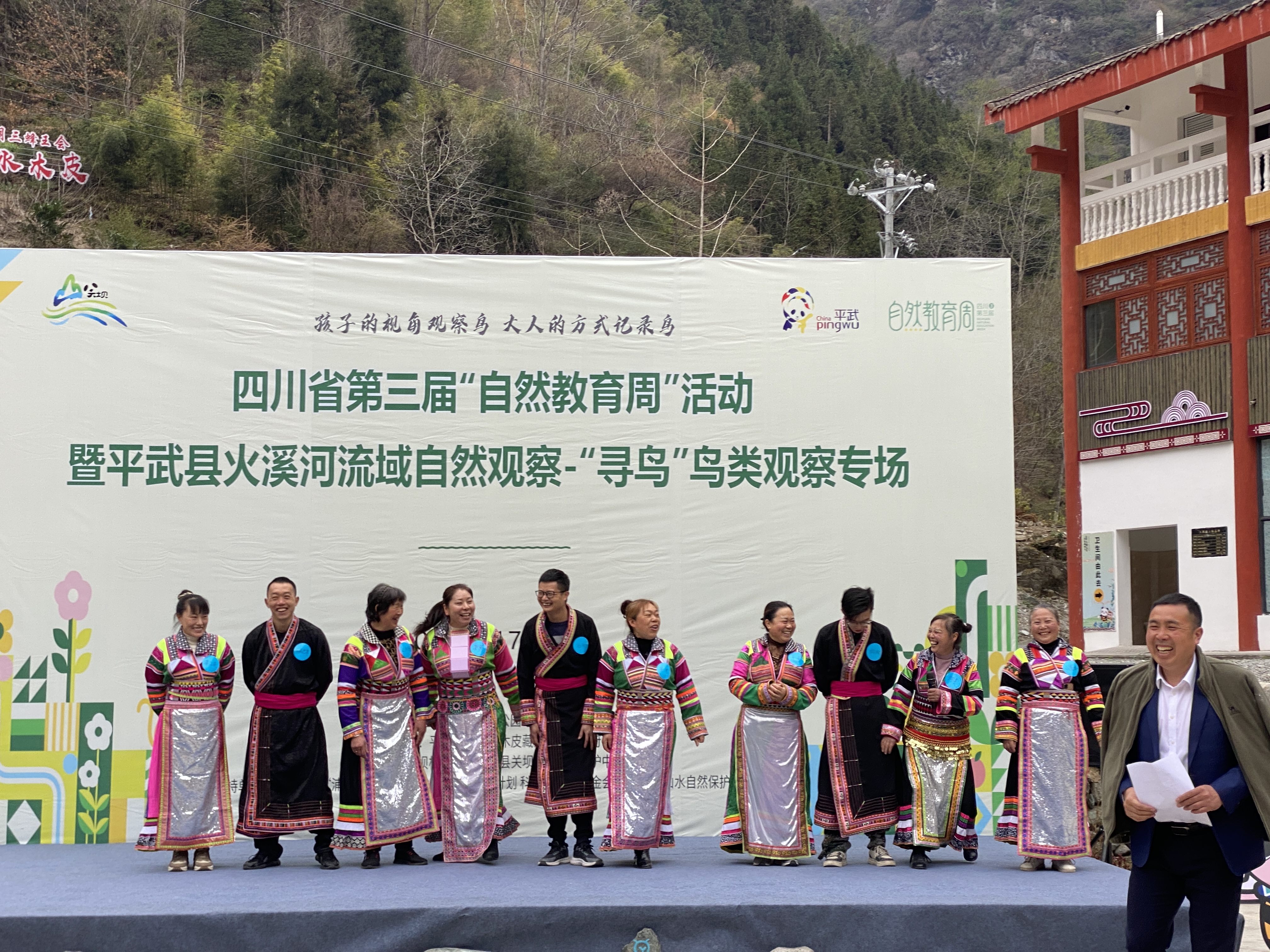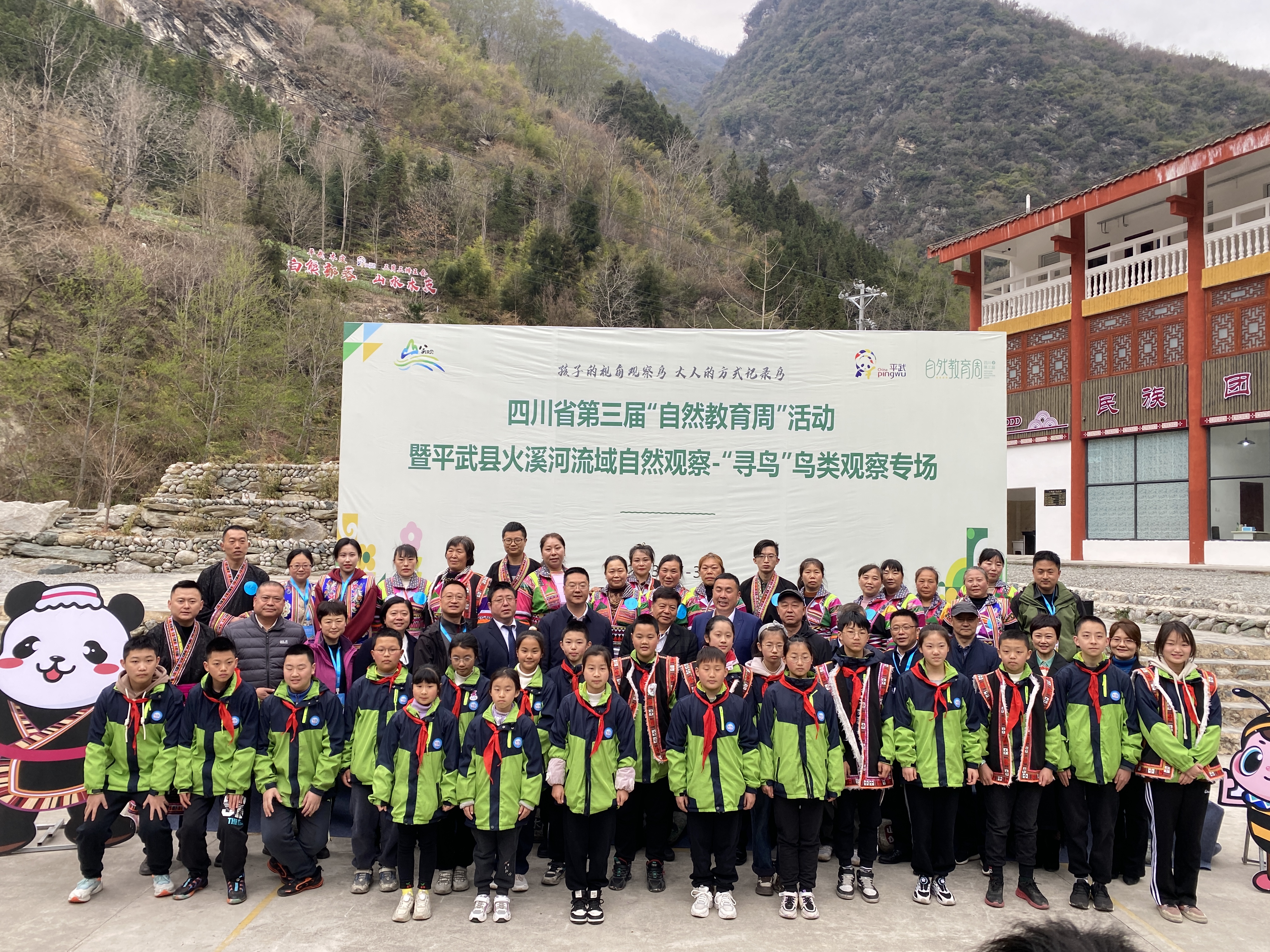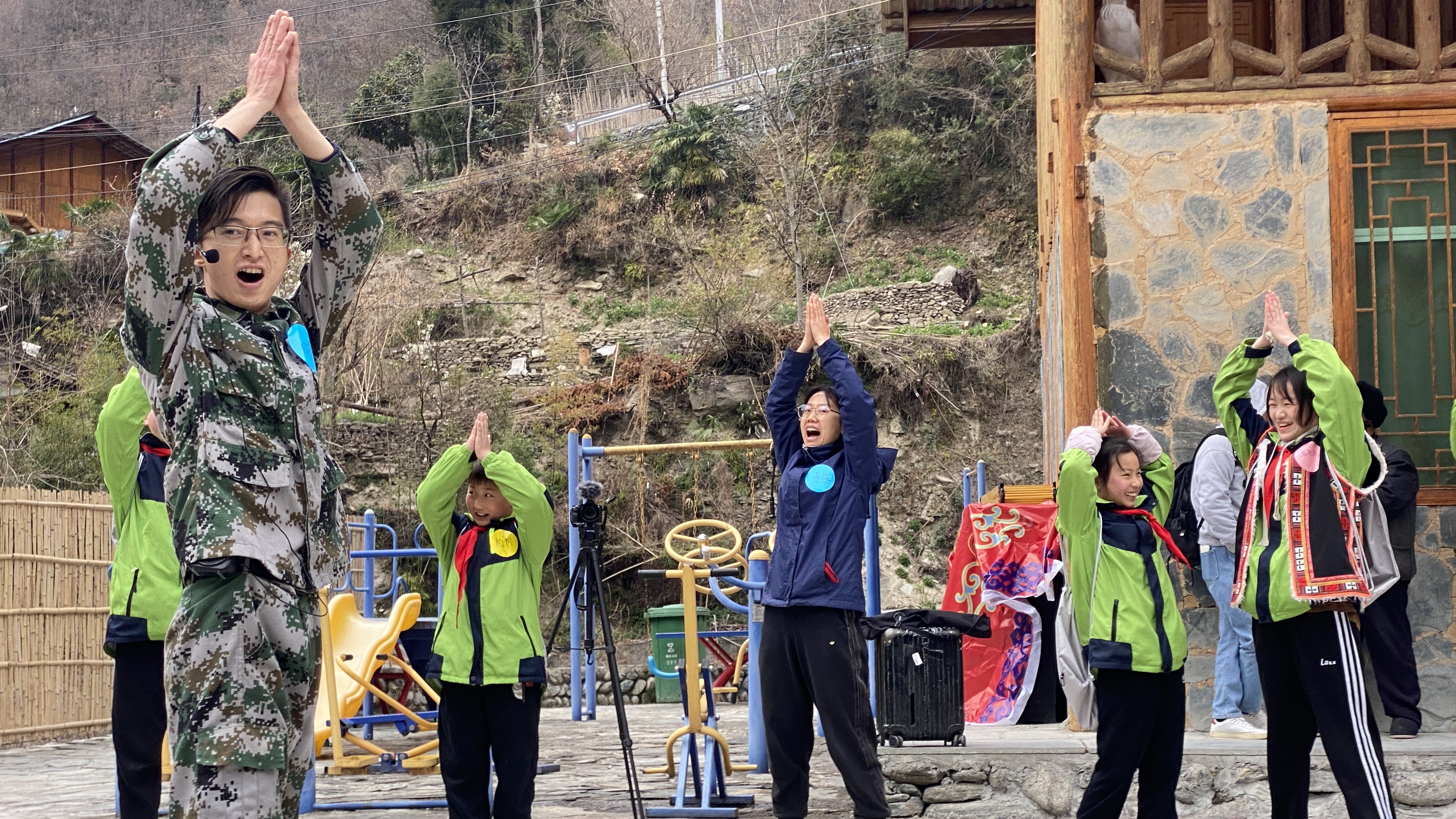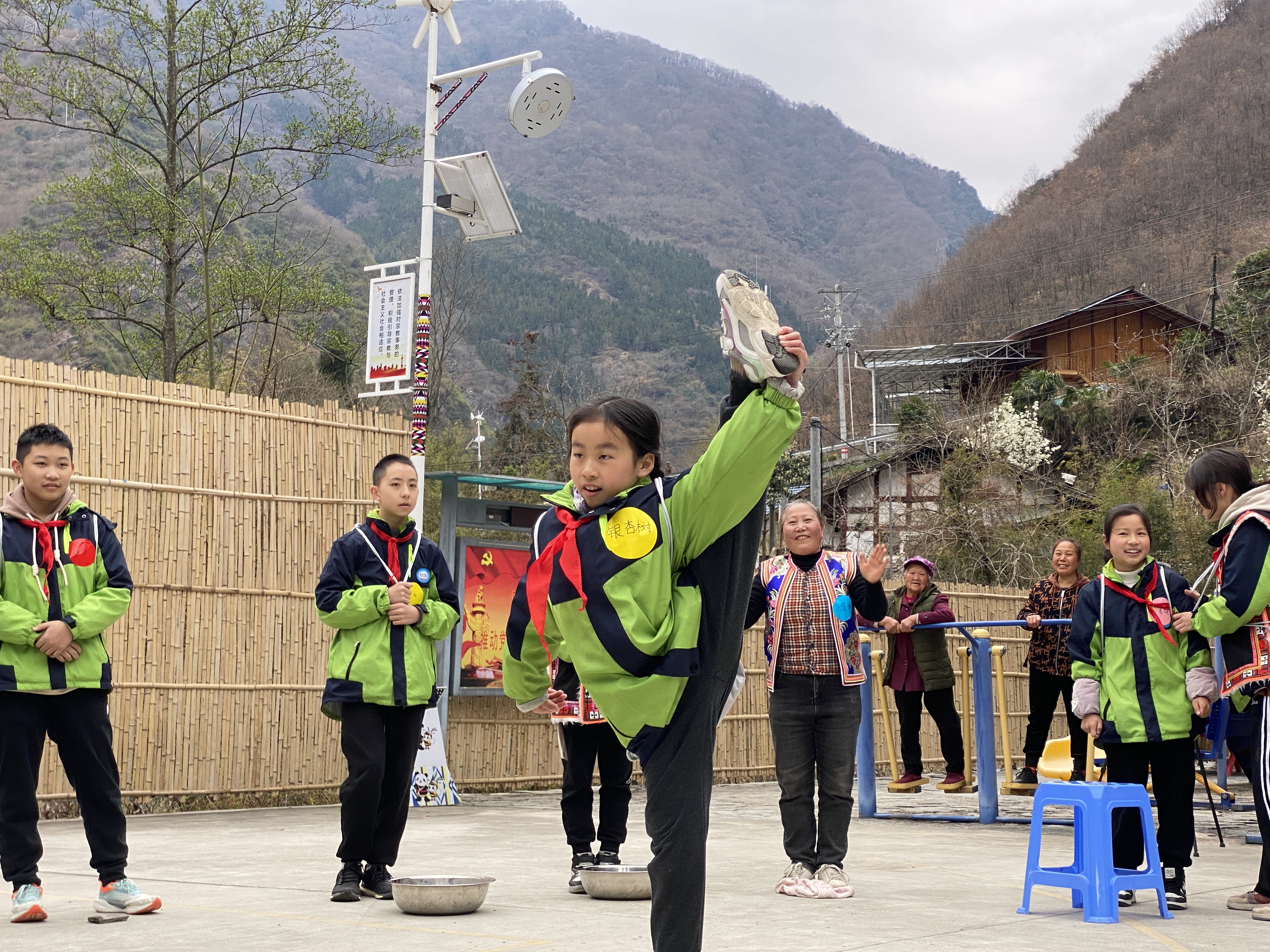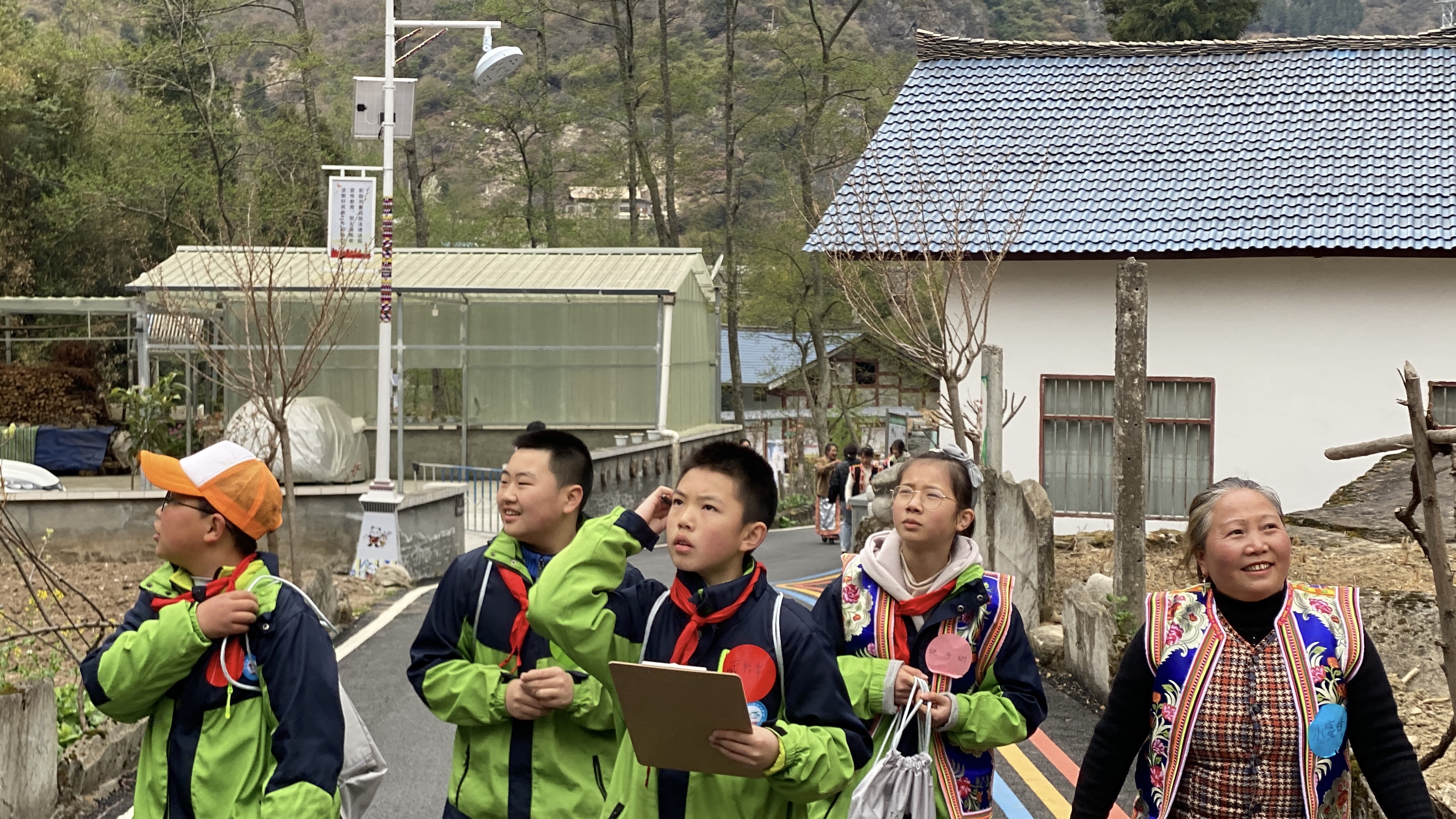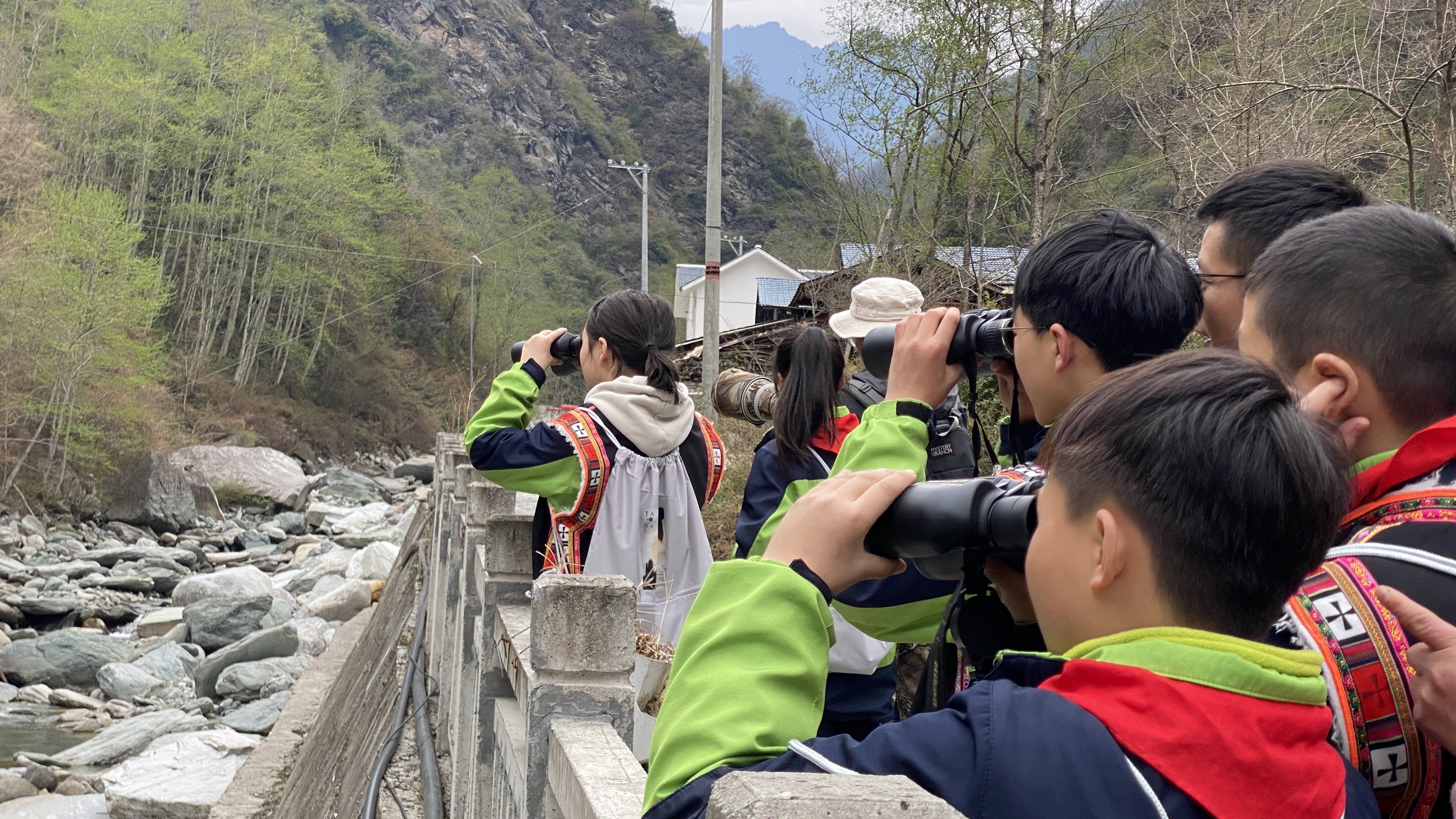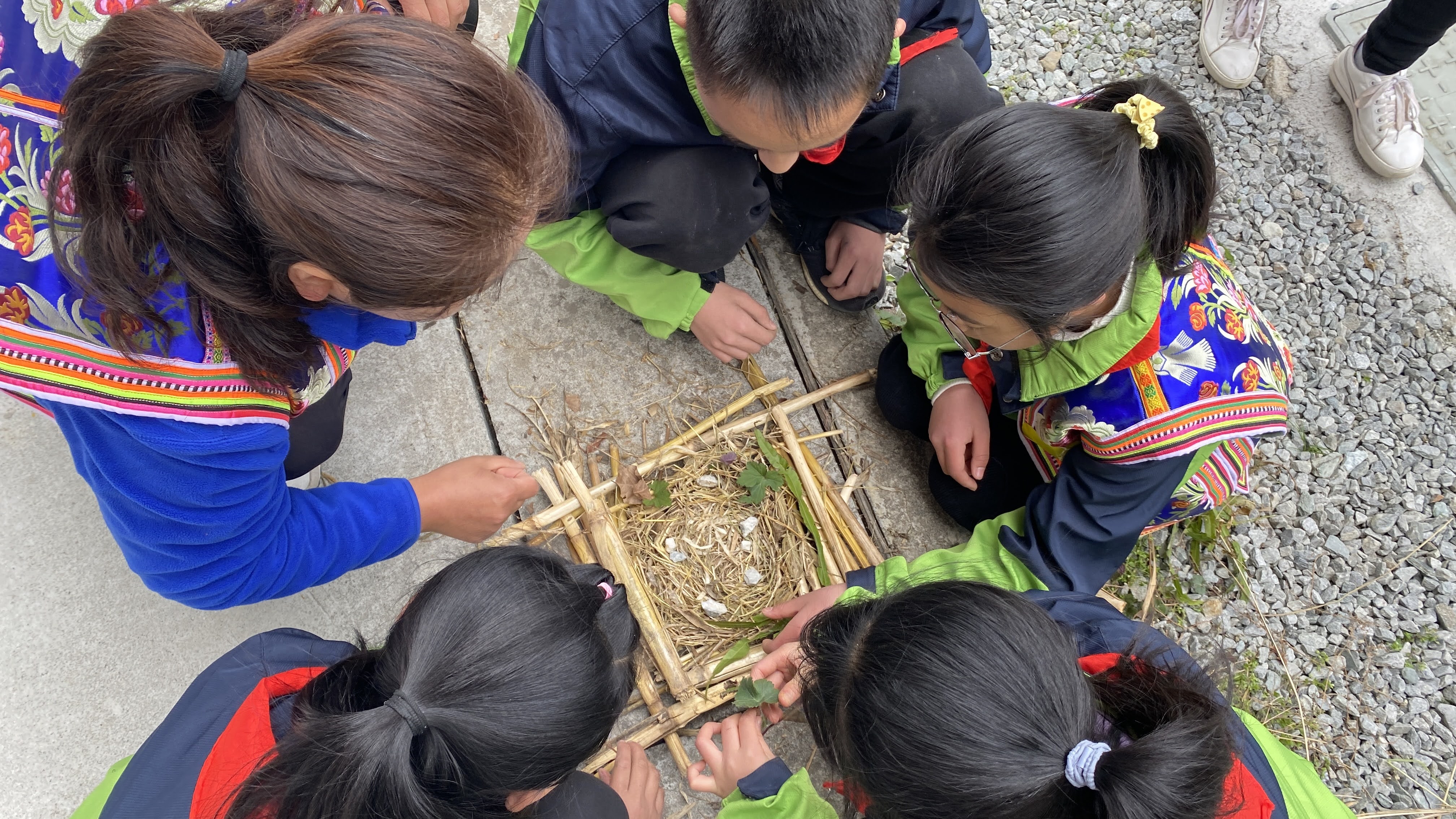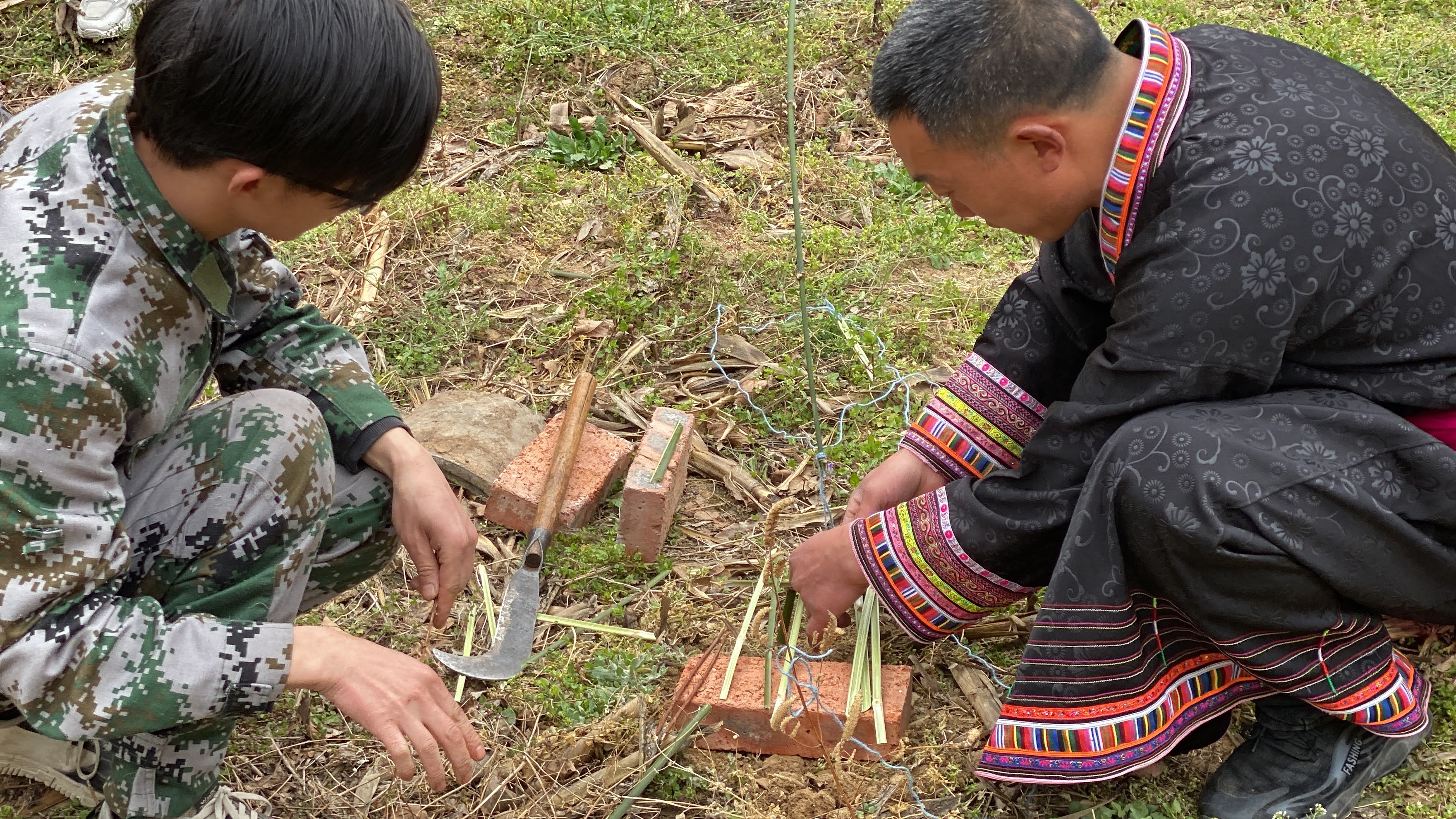Community-based environmental education in Giant Panda National Park: a Guanba Village case study
By Miranda Li
The entrance to Guanba Village (关坝村) in Pingwu County, Sichuan Province is unassuming. Driving up on the small, winding Mupiba Street from Pingwu, the turnoff into the village nestled in the green rolling hills is easy to miss. Today, there are about 400 people living here.
Guanba Village (photo by Miranda Li)
A new highway has opened recently, connecting Guanba to Chengdu, the bustling capital of Sichuan Province, in just 3.5 hours by car. While the highway lacks the romance of winding mountain roads, it is a great convenience for locals who need to travel for work and to transport goods. As transportation becomes more convenient, Guanba will also receive an increasing number of visitors who are interested in visiting and learning about Giant Panda National Park.
Coupled with the relatively recent establishment of the national park system in China (officially announced at COP15 in 2021), these developments raise the question of what tourism to Guanba Village, Giant Panda National Park, and national parks broadly in China will be like in the future.
Today, I want to share a story that reflects and muses on the answer to a smaller portion of this question: What ought environmental education in China’s national parks be like?
Guanba Village environmental education program
Last March, Shan Shui supported the local residents of Guanba Village to host a two-day environmental education program for Pingwu County elementary school students and the public. Roughly 20 students participated over these two days, and all activities were led by local residents.
A few days before the start of the event, a small Shan Shui team including Haiyan (海燕), Suge (苏哥), Shuli (书理), and myself came to Guanba. The team had drawn on their own experience leading programs, as well as worked with environmental education teachers, to devise a plan for the schedule of activities in advance.
Haiyan reviewing the schedule of activities (photo by Miranda Li)
Over two days filled with laughter and learning, the Shan Shui team led a training for the local environmental education teachers on how to lead the activities, as well as collaboratively discussed what programs we should add or remove.
Rehearsing and discussing activities (photo by Miranda Li)
Meng Ji, the leader of the teacher group, brought out tools that villagers in Guanba previously used to ensnare and entrap animals. He said that he wanted to explain how the economy had transitioned from their grandparents’ generation to today; those who used to be trappers now have children and grandchildren who work as rangers and environmental education guides.
Each of the teachers had his or her unique background, stories, and expertise; they were a diverse group including park rangers, farmers, innkeepers, chefs, and even a social media influencer. If they conveyed their personal relationships with the surrounding forests – like how they played in the forests and identified bird nests as children, used local foraged ingredients for cooking, patrolled the forests and put up infrared cameras – then the magic of Guanba would truly shine.
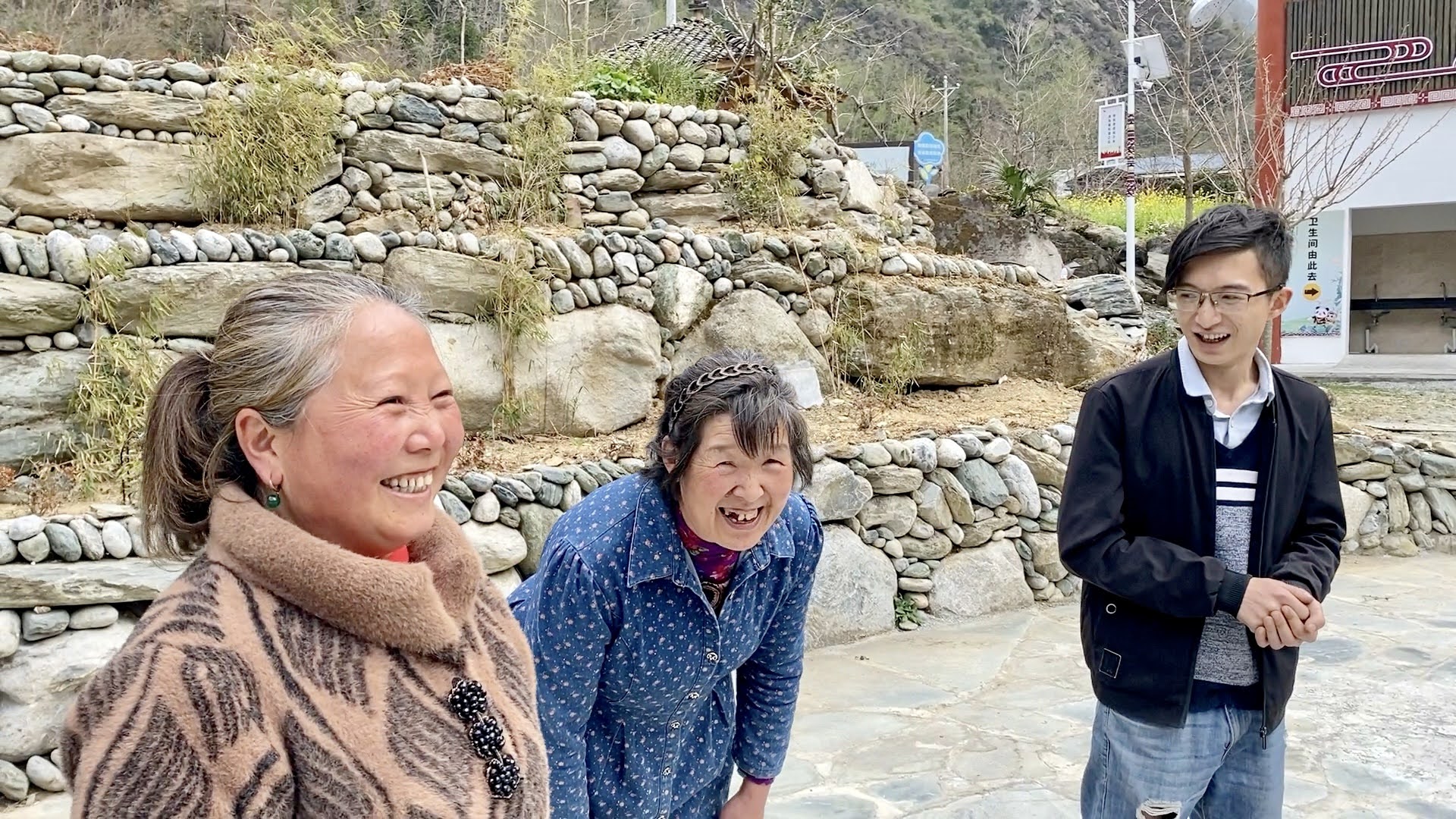 |
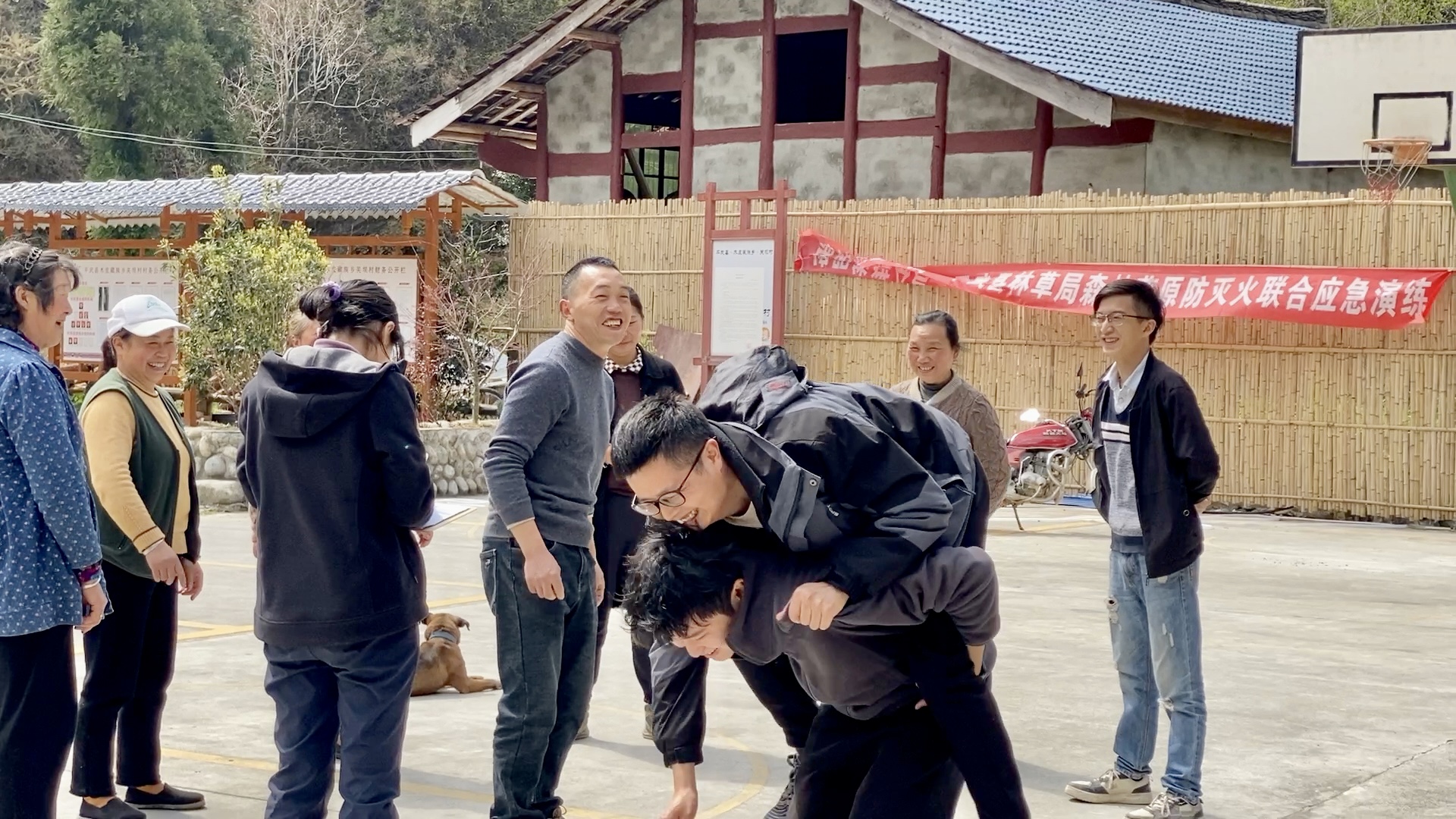 |
The magic of Guanba is in its residents (photos by Miranda Li)
On the afternoon before the start of the event, Guanba’s Party Secretary Qiao gathered all the teachers and Shan Shui staff and gave us words of encouragement. He told us that over the last few years in Guanba, the number of local residents who can lead environmental education programs had gone from 1-2, to 3-4, to 10-20 (the current group of teachers). The growing number means new jobs, and more sources of income for the village residents.
Party Secretary Qiao giving a speech before the start of the event (photo by Miranda Li)
Party Secretary Qiao said, “Guanba shouldn’t let these opportunities be taken away by private companies outside our community; with our local residents holding these posts, showcasing our unique value, we are claiming these natural and human resources as “our own.” But we must prove our value, and show the world we are indeed capable of leading top-of-the-class environmental education programs in Giant Panda National Park.”
The Guanba Village environmental education teacher team (photo by Miranda Li)
The program days began with an opening ceremony with addresses from local village and national park leaders, with students and their schoolteachers or parents in the audience. After the ceremony, the community environmental education teachers led the students through a series of activities. Each of the activities was designed by the Shan Shui team based on existing environmental education programming, or created in collaboration with the local villagers of Guanba.
Program opening ceremony (photo by Miranda Li)
In the first activity, each student and teacher created a “nature name” for him/herself, removing any hierharchies of age or status inherent in the language, and encouraging everyone to treat each other as equals. For example, Meng Ji’s name is “Foxtail” (狗尾巴草). After some ice-breaker games using their nature names, the students divided into smaller groups and set out on guided nature observation trips.
Doing poses in the “Nature name” game (photo by Miranda Li)
Student demonstrating a talent in an ice-breaker (photo by Miranda Li)
Teachers led students on small hikes near the town, noting and observing animals and their traces; focusing on bird nests, each group recorded a nest’s location, distance from the ground, size, materials used, and what type of bird might have created the nest. After reassembling in the town square, each small group built their own nest with local materials, thinking critically about the features and traits of an imagined bird to determine the best structure and features of their nests.
Students on a walk around the village, looking for bird nests (photo by Miranda Li)
Wildlife observation (photo by Miranda Li)
Students building a bird nest from local materials (photo by Miranda Li)
Lunch was served at a local guesthouse. Running successful environmental education programs is not only a source of income for the local teachers, but also brings income to restaurant owners, guesthouse owners, and drivers. It is important for programs to create cohesion in the community by providing equitable opportunities for all to participate.
In the afternoon, local forest rangers showcased different trapping tools that their ancestors used. While the economy today has transitioned away from these ways of life, these methods and knowledge should be preserved as part of the area’s cultural heritage. The rangers also shared stories of their daily work on patrol, and explained the significance of Giant Panda National Park as not simply protecting the wild giant panda, but also the rest of the ecosystem. The students then took part in conservation efforts by assembling bird scare tape on the glass windows of a local house.
Rangers demonstrating traditional trapping methods (photo by Miranda Li)
Putting up bird scare tape (photo by Miranda Li)
The day ended with the students reflecting on what they learned in their day at Guanba Village and leaving a message for the animals of Guanba. Their messages left me hope for the future generation of conservationists: “To the birds of Guanba: Please forgive us for the harms we have done to you in the past. I hope you can live freely in the beautiful forests, soar in the sky without worry, and be friends with humankind!”
Concluding thoughts
Participating in this program made me reflect on what environmental education was like for me growing up. In the New York public school curriculum (recognizing this varies a lot by state and school funding in the U.S.), there were not many outdoor activities, and my environmental education was mostly limited to classroom-based natural sciences classes in school. In speaking to some Chinese friends and colleagues who grew up attending public schools here, their experiences seem similar. The program in Guanba is a short but rewarding extra-curricular supplement to what is taught in the classroom.
While environmental and experiential education programs already exist in China, the country is still in an exploratory period of creating or bringing them into its national parks and protected areas. The program in Guanba inspires some key principles in working towards a “gold standard” of community-based environmental education in national parks:
- The program should teach the importance of environmental protection and encourage students to ask questions and understand the natural world.
- The program should teach local history and cultural heritage in conjunction with conservation.
- The program should be affordable for participants (in this case, it was free).
- The program itself should have a low environmental impact.
- The program should be led or co-led by local community members with some environmental education training.
- The program should improve cohesiveness and unity within the community, and community members should have equitable opportunities to participate.
- The income that the program brings in should largely stay in the local communities in and around the national park.
Guanba’s program also inspires a vision for what the development of new community-based environmental education in national parks ought to look like in the future:
- Local residents are empowered to innovate and create environmental education programming based on their personal experiences living in the national parks for generations.
- These local residents get access to funding to build their programs, as well as opportunities to attend training events to build networks, share their learnings, learn from professional science teachers and nature educators, and further improve their products.
- Outside operators ought to work collaboratively with the local community to host programming inside national parks. Local residents provide unique, valuable perspectives and first-hand experience in conservation around their homes. They should benefit first and foremost from the economic opportunities provided by the establishment of a new national park “in their backyard.”
- Finally, local residents have a platform to share their products and creations, attracting visitors locally, nationally, and even from around the world.
In working towards this vision, Shan Shui’s team is creating a website for villages that have community-based conservation projects. Ultimately, they hope to provide a platform for communities like Guanba to showcase themselves and what they have to offer, ranging from free “public goods” like the beautiful environment and trails, to services like environmental education courses, to material goods like their honey.
I want to end this reflection with a quote from an environmental educator who visited Guanba during the program: “Environmental education has been made into something for the elite, and we want to bring it back down to the people.” Environmental education and experiential learning opportunities in China should not be limited to wealthy families in large cities whose children can afford to attend private or international schools. I envision a future in which everyone – and especially students in local communities – has access to learning opportunities in China’s diverse, beautiful, and wondrous national parks.

